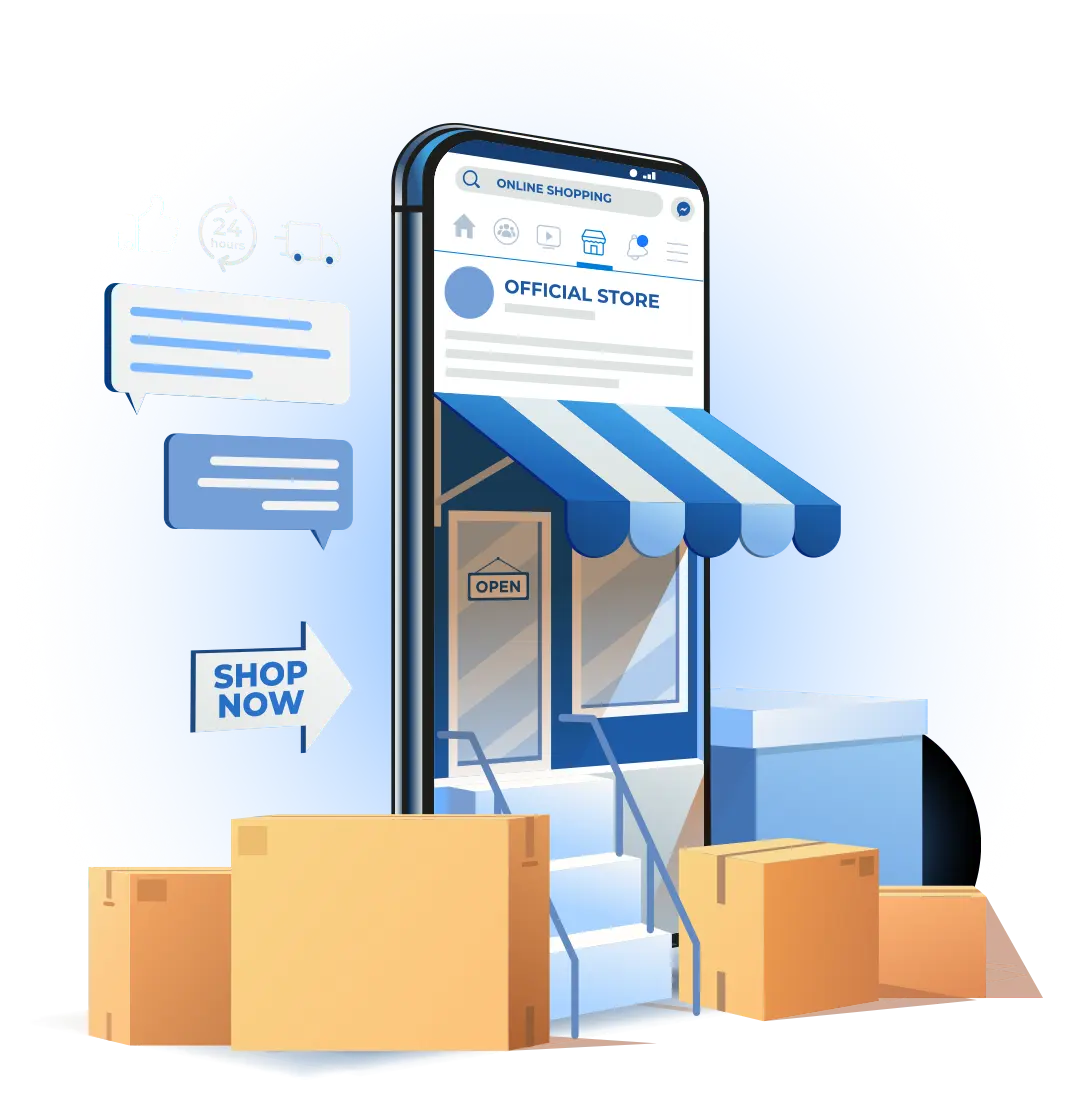 Developing good content that site visitors will read and appreciate takes time, resources and commitment – which is why a lot of B2B organizations don’t do it. But research shows companies who post worthwhile content see better overall ROI for their business. Blogs – informal yet informative marketing content posted on a company’s website and social media pages – increase leads, improve SEO and build awareness of a company’s brand. HubSpot research found B2B marketers who post regular blogs experience 67% more leads than their non-blogging counterparts. Blogs also generate 55% more site visits and 97% more links to a businesses’ website. With so many benefits to blogging, wholesalers and distributors need to alter their marketing strategy so they can dedicate resources and make blogging a business priority.
Developing good content that site visitors will read and appreciate takes time, resources and commitment – which is why a lot of B2B organizations don’t do it. But research shows companies who post worthwhile content see better overall ROI for their business. Blogs – informal yet informative marketing content posted on a company’s website and social media pages – increase leads, improve SEO and build awareness of a company’s brand. HubSpot research found B2B marketers who post regular blogs experience 67% more leads than their non-blogging counterparts. Blogs also generate 55% more site visits and 97% more links to a businesses’ website. With so many benefits to blogging, wholesalers and distributors need to alter their marketing strategy so they can dedicate resources and make blogging a business priority.
For those who haven’t delved into blog writing, we offer these fundamental lessons to get you started.
Lesson #1: Know what to blog about
Blogs give businesses an opportunity to provide helpful and relevant information to educate readers, as well as expand their audience and improve their overall visibility. Topics should be varied and engaging, and speak to a targeted audience.
- Understand your readers – Using your buyer personas as a guide, develop reader personas about your customers to create relatable and worthwhile content that speaks to their needs and interests. Using web analytics, find out what site visitors are searching for most on your site, and ask your customer service and sales reps what common questions they hear from people.
- Develop a content calendar of topics – Plan out at least six months’ worth of blog topics to ensure regular postings and a wide range of topics:
- Communicate marketplace news such as new regulations, product innovations and industry trends
- Address common customer questions or problems with helpful solutions and suggestions
- Share a customer success story and include the customer’s viewpoint
- Promote new services or products, highlighting the benefits and value they provide; stick to the facts and don’t make it sound like a sales pitch or advertisement
- Start a forum by asking your audience questions to invite opinions and perspectives
Develop blogs that are at least 1,000 words in length. The longer the blogs, the better the chance they’ll rank higher on search engines. There may be times a shorter blog length is more appropriate, so don’t feel compelled to build up word count if it’s not feasible. If the content isn’t of value to a reader, or is filled with “fluff,” a higher word count won’t help.
Lesson #2: Incorporate blog best practices
Once blog topics are determined, the next step is to create the blog. As we mentioned, blogs are written in a little less formal and a little more conversational style for easier readability and understanding. But in addition to the writing style, there are strategic components that help drive engagement.
- Employ keywords to boost SEO – If you want to get your blog noticed, it’s important to include relevant keywords that will attract search engines and, ultimately, readers to your content. Be sure to include focused keywords associated to the topic, and create unique content that separates your blog from other related blogs out there.
- Utilize images and infographics – Studies show blogs that include images or graphics get nearly 95% more views than just blocks of text. Visuals not only grab people’s attention, they help accentuate a point, explain a thought and convey a message. Invest in professional photography and artwork to really make a statement. Stock photography is reasonably priced, and graphic artists are readily available to transform your vision into a great infographic.
- Come up with catchy blog titles – Another great way to get people’s attention is by giving your blog a title that stands out from others on the same subject. However, don’t get too crazy or silly with your titles; you want to be noticed, not laughed at.
SEO keywords, interesting graphics and attention-grabbing titles are great ways to attract readers to your blog, but it’s the main content that must be the most engaging to keep them reading from beginning to end.
Lesson #3: Consider where and when to blog
Consistent blogging leads to better engagement, so develop both a content calendar and platform calendar to make sure blogs are posted regularly and in the appropriate places online.
- Post at least once a week – Depending on the resources you have to handle your content marketing, you should post at least one blog a week, however, the more posts the better. According to HubSpot, B2Bs that publish 16 or more posts a month received 3.5 times more traffic as companies that post four times or less a month.
- Share your content where it matters – Make your website the central repository for your blogs because that’s where you want visitors to interact and explore. Create a dedicated page to house the blogs with onsite search and navigation that encourages visitors to read additional blogs and related content. Then, share your blogs on social media platforms that attract a wider audience and encourage content sharing, such as LinkedIn and Facebook, which are the most popular and utilized platforms by B2B buyers.
- Track and analyze your content – Measure the effectiveness of your blog posts by tracking how many hits they receive, which topics resonate more than others, and what kinds of posts stimulate further engagement. With regular reporting, you’ll be able to adjust your posting frequency, social media platforms, as well as your content strategy to get the most ROI from your efforts.
If you want blogging to boost your business, stay committed to your blog schedule. Regular activity on your site and social media helps grab the attention of Google and other search engines to increase your online visibility.
Business blogging isn’t rocket science, but it does take a concerted effort with regular follow-through. Start by setting realistic goals and following our three fundamental blogging lessons. Over time, measure your progress and achievements to determine what adjustments are needed to grow your ROI. You can become a successful blogger if you stay committed, be inventive and have fun with it.
